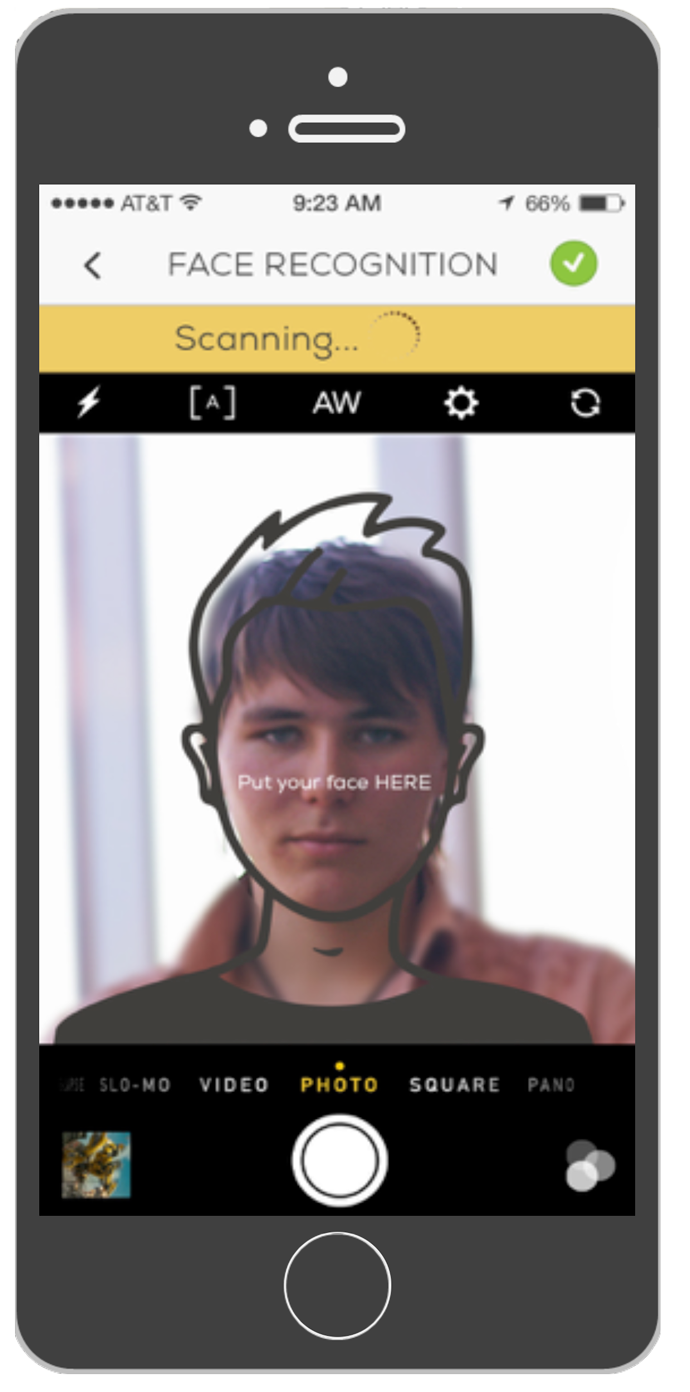Patient Engagement

Nowadays, serious games are used in various domains such as training, education, advertising and communication. The idea is that games could be used for more serious purposes such as education, simulating real world phenomenon and relations in the world, increasing life quality through health, rehabilitation and therapy applications or raising interest to the problems in our global world[1][2].
Serious game is a general term used for application that is developed using a computer game technology and game design principles but are used for non-entertainment purposes. We can say that these applications are entertaining games with non-entertainment goals. One of main group of serious games is game for health[3]. The results of the study showed that digital interactive games had a positive effect on people’s physical and mental health.
Psychotherapy is an area in which innovative use of computer in the form of psychotherapeutic games may enhance patient cooperation and offer new ways of treatment. The literature suggests that they can help especially young patients become more cooperative and enthusiastic about therapy[4][5]. Games may facilitate relations with therapist, evaluate cognitive skills (for example memory, motor skills and planning skills, frustration, tolerance, academic skills) and elaborate on and clarify problems during the therapy process.
Issues of interest of psychology to the computer games are mainly focused around the problems of the wider impact of games on the individual. Computer games are a special kind of electronic media. Interactivity causes the player has the opportunity to actively influence what happens in the game while the program adequately responds to user behavior. This situation makes the player an active participant in the events taking place in the game, which in turn makes a strong impact on players. Additional power of the game is the ability to transfer a player into the world of fiction and imagination. Computer simulation of reality, prevents players from experiencing the full consequences of their actions. The opportunity to start playing again after the experience of failure causes a reduction in anxiety and increases self-esteem, efficacy and control.
Educational value of games is the result of the fact that they give pleasure, which is a strong motivating factor. Perpetuating the player emotional involvement, and his curiosity, attract attention, and thus the urge to make the effort. So that assimilation of new information and skills development takes place as if on occasion. Success and progress in the games being serious normative goal of teaching is associated with acquisition of specific, desired skills. A serious game can be created as help to learning the problem solving strategies and social or cognitive abilities.
[1] Ritterfeld, U., Cody, M., Vorderer, P.: Serious Games Mechanisms and Effects. Routledge (2009)
[2] Michael, D., Chen, S.: Serious Games: Games That Educate, Train, and Inform. Course Technology (2005)
[3] Kato, P.M.: Video games in health care: Closing the gap. Review of General Psychology 14(2), 113–121 (2010)
[4] Ceranoglu, T.A.: Video Games in Psychotherapy. Review of General Psychology 14(2) (2010)
[5] Baranowski, T., Buday, R., Thompson, D.I., Baranowski, J.: Playing for real: video games and stories for health-related behavior change. American Journal of Preventive Medicine 34(1) (2008)
HealthApp technology is based on data fusion

Image Processing Facial recognition components are computer-driven applications for automatically identifying or verifying a person from a digital still or video image. It does that by comparing selected facial features in the live image and a facial database. Such features as a smile can be used to determine happiness whereas a detected frown can be utilized to detect sadness for example. Facial recognition data can be compared to other biometrics such as heart beat or eye iris recognition systems, for example. Popular recognition algorithms include eigenface, fisherface, the Hidden Markov model, and neuronal motivated dynamic link matching. CVC and HealthApp technology is based on data fusion. We define three different strategies for data fusion, the sum of predictions through Bayesian trees, a weighted sum of patterns and a Support Vector Machine classifier with an RBF Kernel.
So, various classifiers will be employed to detect moods over time. The classifiers (or learning components) can monitor inputs or application background conditions over time to detect possible moods. The user and the therapist can assist the classifiers in training. For example, when a user introduces a selfie, they can indicate to a controls interface they are presently in a good mood. During that time, the classifiers can capture nuances of activity during the time of good mood. When other moods are present, the user can update the controls to indicate the change in moods whereby the classifiers can then capture nuances associated with a different mood. When those patterns are detected in the future, mood interfaces can be updated in accordance with the detected mood.
In yet another example, one or more device sensors can be employed. Such sensors can include accelerometers or vibration sensors, for example, that are employed to sense user physical conditions on wearables (SmartWatch, fit bit). For example, a slow walk detected may indicate a mellow mood were rapid vibrations detected may indicate an agitated mood. As noted above, more than one input may be processed before a final determination is made about a specific mood. Also, thresholds or ranges can be set before a mood change decision is made. In a simple example, Y heart beats per minute may be set for a normal mood, where X heartbeats above Y is an agitated mood and Z heartbeats below Y is considered a somber mood, X, Y, Z being integers respectively. As can be appreciated, substantially any type of algorithm weighting can be given to any detected input to determine a given mood. Such weightings can also be manually or automatically adjusted over time as mood conditions are refined.
